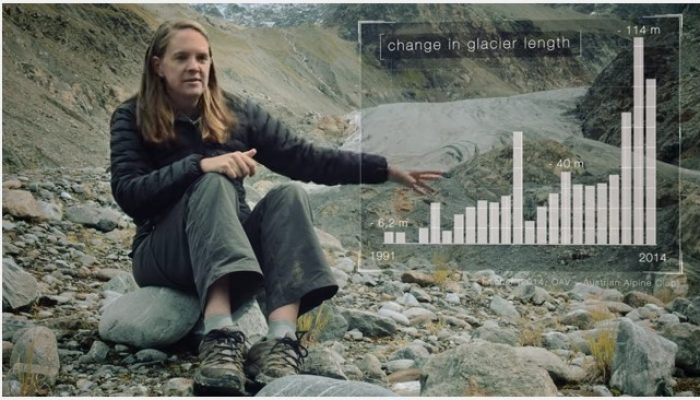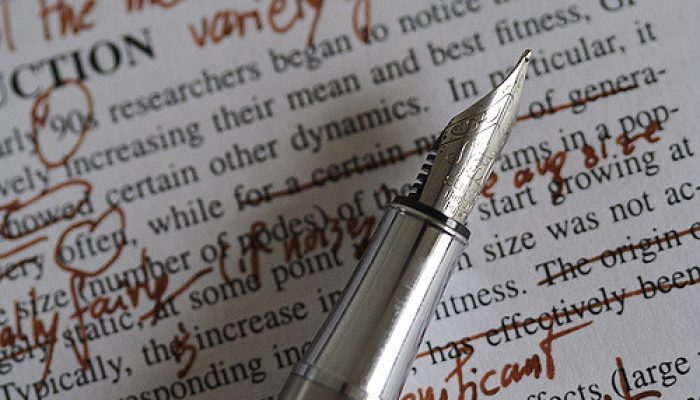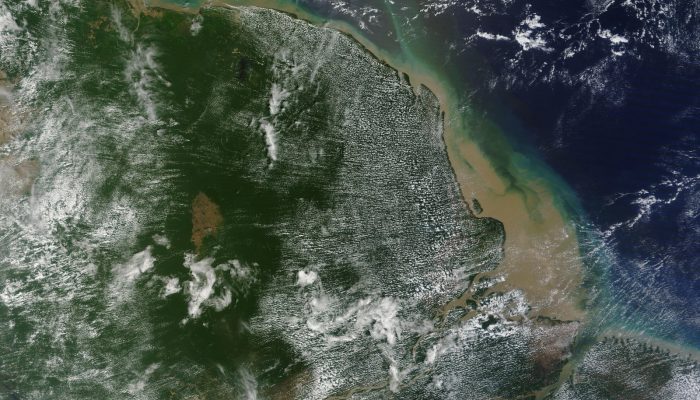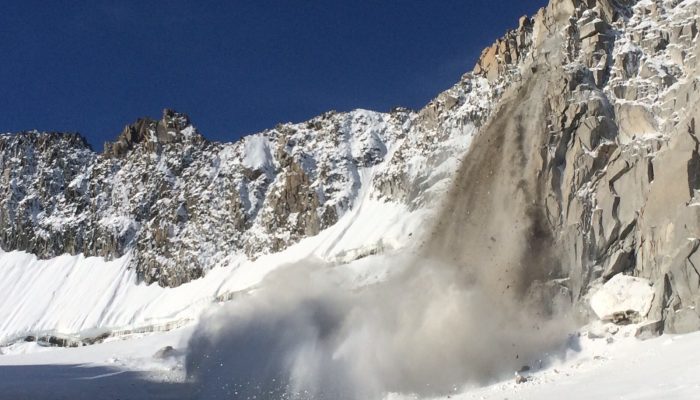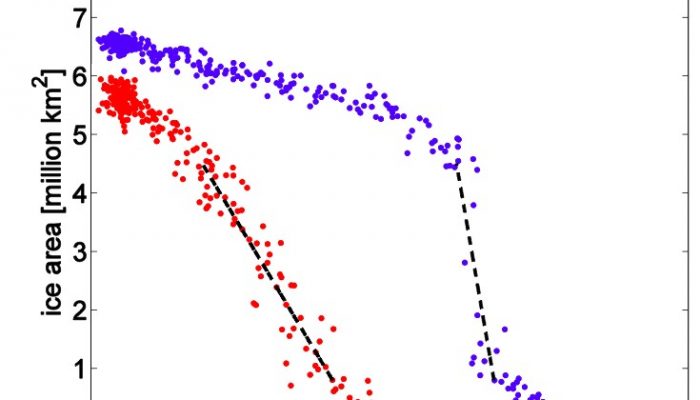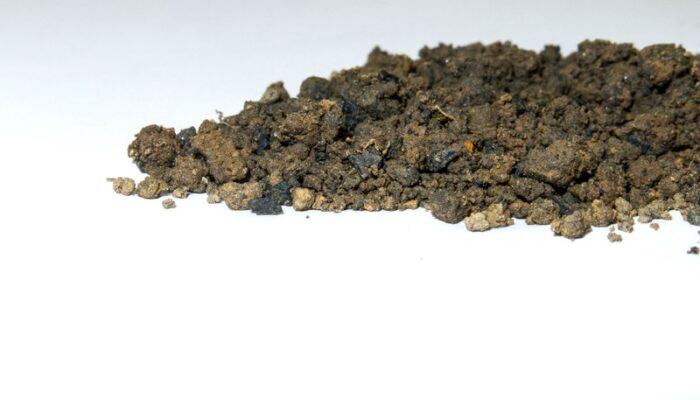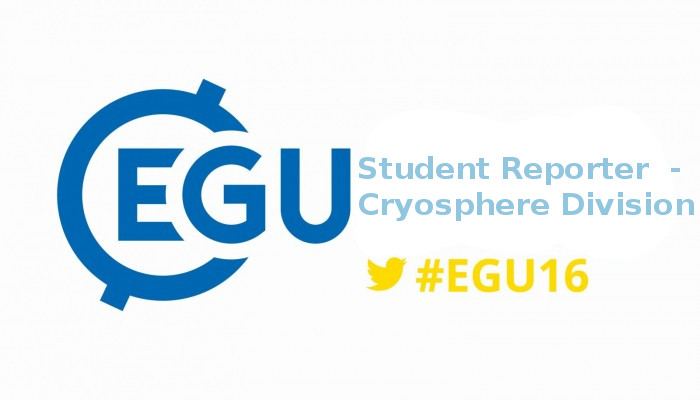Geomorphology is the science of processes shaping the earth surface. Especially in high-mountain environments, where the relief is steep, these processes move a great amount of material. This 10 minute video features Geomorphologists from different parts of the world, explaining what happens when glaciers retreat and expose sediments to erosion and how it affects us humans. Furthermore it attempts ...[Read More]
Seismology
Writing boost: Being a reviewer
I don’t know how you feel … but after a stressful month to prepare for EGU and a month relaxing and getting back to work, it is now time for the last part of tips for writing, submitting, and reviewing. The last two times we have talked about scientific writing and the submission process. Today, I will shed light on reviewing papers and how that can boost your writing. There are many “ ...[Read More]
Biogeosciences
Coffee break biogeosciences – New coral reef at Amazon river mouth discovered
At the Amazon river mouth, a huge 9,300 sq km coral reef system has been found below the muddy waters off the mouth of the river Amazon. As corals mostly thrive in clear, sunlit, salt water, and the waters near the mouth of the Amazon are some of the muddiest in the world, the discovery of this almost 2000 km long reef leaves scientists puzzled about the potential extent of coral reefs worldwide. ...[Read More]
Cryospheric Sciences
Image of The Week – Tumbling Rocks
This photo captures a rockfall at the summit of Tour de Ronde, 3792 m above sea level in the Mont Blanc Massif. On 27 August 2015, around 15000 m3 of rock fell from the steep walls of the mountain. Why do mountains crumble ? Rockfalls such as the one on the photo have been linked to thawing permafrost. The exact mechanism that leads to these events is not fully understood, however, it is thought ...[Read More]
Seismology
4 ways to have your say
A couple of weeks ago, we promised a more detailed review of our experience at the General Assembly 2016. Here is something we deemed worthy to spread word about. EGU is dedicated to geoscience, so the first thing we are all looking for in the general assembly and EGU’s journals is…interesting science! Duh. But science doesn’t live in an isolated space of labs and computing centers. There is ample ...[Read More]
Cryospheric Sciences
Image of the Week – See How Seasonal Sea Ice Decline Differs!
Why do we care about sea ice in the first place? Sea ice is important for several components of the climate system. Due to its high albedo, sea ice reflects a high amount of the incoming solar radiation and is therefore relevant for the Earth’s energy budget. Sea ice inhibits the exchange of heat, moisture and momentum between ocean and atmosphere, which usually occur at the sea surface. Whe ...[Read More]
Soil System Sciences
New and traditional soil amendments – not so new after all?
Caroline Spann University of Natural Resources and Life Sciences, Vienna As of increasing demands for 4F (food, feed, fiber and fuel production) from agricultural sites there are many researches being done on soil amendments to increase yields, to remediate degraded or even contaminated soils to make them more profitable again. Tuesday morning a session was dedicated to “new and traditional soil a ...[Read More]
Energy, Resources and the Environment
Take a deep breath… Or not!
We all know that pollution, of any kind, is not good news and that it may lead to health risks. Air pollution, such as smog, is something many large cities experience, especially in low- and middle-income countries. The World Health Organisation reports that “As urban air quality declines, the risk of stroke, heart disease, lung cancer, and chronic and acute respiratory diseases, including a ...[Read More]
Soil System Sciences
Go ask a statistician!
Caroline Spann University of Natural Resources and Life Sciences, Vienna During the EGU2016 Assembly, the chair of the statistics advisory panel of European Journal of Soil Science offered a short course on common statistical problems in soil science papers called “Secrets from the statistics panel: common statistical problems in soil science papers”. Motivation to start such a short course was to ...[Read More]
Cryospheric Sciences
From Hot to Cold – Volcanology Meets the Cryosphere
Hello again, I’m Kathi Unglert, and you’re about to read my third and final post as a student reporter at EGU 2016. Today I am writing about my experience in the cryosphere sessions from my volcanology perspective. In preparation for the conference I kept thinking about what sort of research I would see in the cryosphere sessions. I had never really attended any specific conferences or meetings on ...[Read More]

